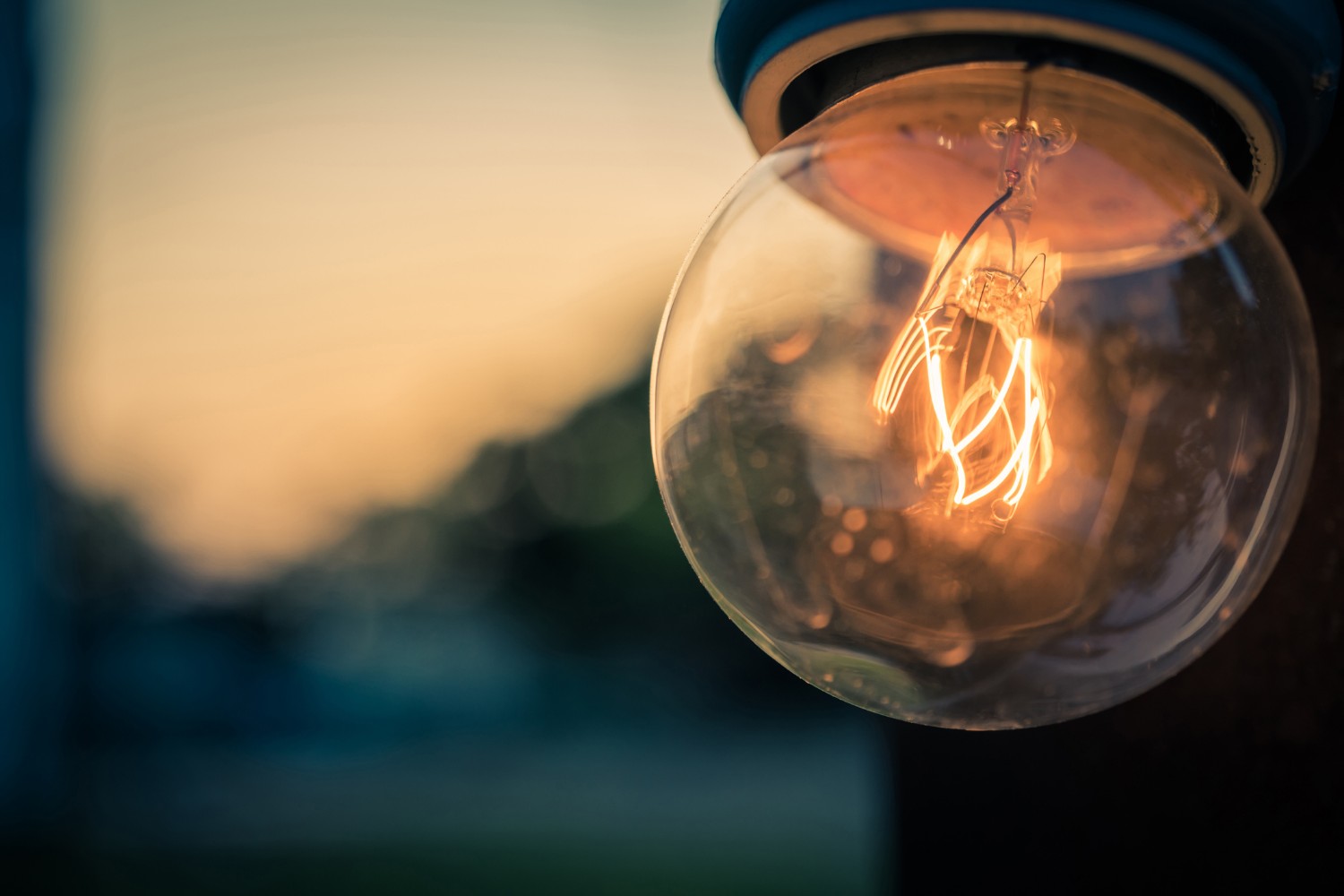

Articles
What Is The Longest Lasting Light Bulb
Modified: January 8, 2024
Discover the top-rated articles about the longest lasting light bulb. Find out which brands offer the most durable and energy-efficient options for your home.
(Many of the links in this article redirect to a specific reviewed product. Your purchase of these products through affiliate links helps to generate commission for Storables.com, at no extra cost. Learn more)
Introduction
Light bulbs are an essential part of our daily lives, illuminating our homes, workplaces, and streets. Over the years, advancements in technology have led to the development of more efficient and long-lasting light bulbs. In this article, we will delve into the fascinating world of light bulbs and explore the concept of longevity. Specifically, we will uncover the secrets behind the longest-lasting light bulbs and compare the durability of traditional incandescent bulbs with the newer LED counterparts.
Throughout history, various types of light bulbs have been invented, each with its own strengths and weaknesses. The quest for a longer-lasting light source has always been a driving force in the lighting industry, as it not only saves money but also reduces waste. Let’s take a journey through time and explore the different types of light bulbs and the factors that contribute to their longevity.
Key Takeaways:
- LED light bulbs outshine incandescent bulbs in longevity, lasting up to 50,000 hours. Their energy efficiency and reduced environmental impact make them a sustainable and cost-effective lighting solution.
- Factors such as quality, usage patterns, and operating environment play a vital role in maximizing the lifespan of light bulbs. Understanding these factors can lead to more efficient and long-lasting performance.
Read more: What Mattress Lasts The Longest
History of Light Bulbs
The history of light bulbs dates back to the early 19th century, with several inventors making significant contributions to the development of this revolutionary technology. One of the key pioneers in the field was Thomas Edison, who is often credited with inventing the first practical incandescent light bulb in 1879.
However, it is important to note that Edison’s bulb was not the first-ever electric light bulb. The concept of electric lighting had been explored by inventors like Sir Humphry Davy and Warren de la Rue prior to Edison’s breakthrough. They experimented with various materials and designs, but their bulbs had limited practicality and were not commercially viable.
Edison’s achievement was in creating a practical and commercially successful incandescent bulb. His design featured a filament made of carbonized bamboo, which was heated by an electric current until it emitted light. This innovation sparked a revolution in the lighting industry and paved the way for further advancements in bulb longevity.
Over the years, incandescent bulbs became the most commonly used type of light source. They were relatively inexpensive to produce and provided a warm, familiar glow. However, incandescent bulbs had a limited lifespan. The filaments would gradually burn out over time, leading to the need for frequent replacements.
As the demand for longer-lasting bulbs grew, researchers and inventors began to explore alternative technologies. This led to the development of fluorescent and compact fluorescent lamps (CFLs), which offered greater efficiency and longer lifespans than incandescent bulbs.
More recently, the emergence of LED (Light Emitting Diode) technology has revolutionized the lighting industry once again. LED bulbs are known for their remarkable longevity, energy efficiency, and versatility. They have become the preferred choice for both residential and commercial lighting applications.
Incandescent Light Bulbs
Incandescent light bulbs have been the traditional choice for many years, known for their warm and familiar glow. These bulbs work by passing an electric current through a filament, which heats up and produces light as a result of the high temperature.
Incandescent bulbs have a relatively simple design, consisting of a glass envelope that contains the filament and a base that connects to the electrical supply. The filament is typically made of tungsten, a material that can withstand the high temperatures and provide a consistent, bright light.
One of the main drawbacks of incandescent bulbs is their relatively short lifespan. The filaments gradually burn out over time, resulting in the need for frequent replacements. On average, an incandescent bulb may last between 750 to 2,000 hours, depending on the wattage and usage. This shorter lifespan has led to increased energy consumption and waste.
However, there have been exceptional cases where incandescent bulbs have far exceeded their expected lifespan. The most famous example is the Centennial Light, located in a fire station in Livermore, California. This bulb, which is over 120 years old, has been burning continuously since it was first installed and is considered the longest-lasting incandescent bulb.
The remarkable longevity of the Centennial Light can be attributed to various factors. Firstly, the bulb is not subjected to frequent on/off cycles, as it has been left on continuously since its installation. This reduces the stress on the filament and prolongs its lifespan. Secondly, the bulb is made of high-quality materials, which contributes to its durability. Lastly, the bulb is carefully protected and shielded from vibrations, which can cause premature failure.
Despite these exceptional cases, incandescent bulbs are generally not known for their longevity. However, they are gradually being phased out in many countries due to their inefficiency. The focus has shifted towards more energy-efficient options like LED light bulbs.
Longest Lasting Incandescent Light Bulb
When it comes to incandescent light bulbs, the title for the longest-lasting bulb goes to the Centennial Light located in Fire Station #6 in Livermore, California. It has earned the Guinness World Record for being the world’s oldest continuously burning bulb.
The Centennial Light was first installed in 1901 and has been shining ever since, making it over 120 years old as of today. It has defied the odds of the average incandescent bulb lifespan and has become a symbol of durability and longevity.
There are several reasons behind the Centennial Light’s extraordinary lifespan. Firstly, it has been carefully protected and shielded from external factors that could potentially cause damage or premature failure. The bulb is mounted in a specially designed protective casing and is kept in a secure spot away from vibrations and accidental breakage.
Additionally, the Centennial Light has been left on continuously since its installation, which is a crucial factor contributing to its longevity. Incandescent bulbs tend to experience thermal stress during the frequent on/off cycles, making them more prone to failure. By keeping the bulb constantly lit, the stress on the filament is minimized, thus prolonging its lifespan.
The bulb itself is a hand-blown carbon filament lamp, reminiscent of the early incandescent bulbs. It operates at a relatively low wattage of 4 watts, which further contributes to its longevity. The low wattage results in less heat being generated, reducing the strain on the filament and allowing it to last longer.
The Centennial Light has attracted significant attention over the years, and its presence has become a tourist attraction. It has withstood power outages, changes in technology, and even a move to a new fire station in 1976. The bulb has become a symbol of the durability and reliability of incandescent bulbs, even in an era where energy-efficient options like LED lights have become the norm.
While the Centennial Light is a remarkable exception to the average lifespan of incandescent bulbs, it serves as a reminder of the continuous advancements in lighting technology and the need for more sustainable and efficient lighting options.
Factors Affecting Longevity of Light Bulbs
The longevity of a light bulb is influenced by several key factors. Understanding these factors can help in choosing the right type of bulb and optimizing its lifespan. Here are some of the factors that affect the longevity of light bulbs:
- Bulb Quality: The quality of the materials used in the construction of the bulb can greatly impact its lifespan. Higher quality components, such as filaments and coatings, can withstand the stresses of regular use and provide a longer-lasting bulb.
- Usage Patterns: The way a bulb is used can significantly affect its lifespan. Frequent on/off cycling can shorten the life of the bulb, as the filament experiences thermal stress during each startup. It is advised to use energy-efficient bulbs, such as LEDs, in areas where the lights are frequently turned on and off.
- Voltage Stability: Fluctuations in voltage can have a detrimental effect on the longevity of light bulbs. Surges and drops in voltage can cause stress on the filament, leading to premature failure. Using voltage stabilizers or surge protectors can help regulate the voltage and prolong the lifespan of the bulbs.
- Heat Dissipation: The ability of a bulb to dissipate heat is critical to its durability. Excessive heat build-up can degrade the materials and reduce the lifespan of the bulb. Proper ventilation and avoiding overcrowding of bulbs in fixtures can help dissipate heat more efficiently.
- Operating Environment: The environment in which the bulb operates can impact its longevity. Exposure to extreme temperatures, excessive humidity, or corrosive chemicals can accelerate the degradation of components and reduce the lifespan of the bulb. Choosing bulbs specifically designed for harsh environments can help mitigate these factors.
In addition to these factors, it is important to remember that different types of bulbs have varying lifespans. Incandescent bulbs typically have shorter lifespans compared to more energy-efficient options like LEDs or CFLs. LEDs, in particular, are known for their exceptional longevity, often lasting tens of thousands of hours before needing replacement.
By considering and optimizing these factors, it is possible to extend the lifespan of light bulbs, reduce waste, and save money in the long run.
Look for light bulbs labeled as “long life” or “extended life” which are designed to last longer than standard bulbs. LED bulbs also have a longer lifespan compared to traditional incandescent bulbs.
Read more: What Brand Washer Lasts The Longest
LED Light Bulbs
LED (Light Emitting Diode) light bulbs have emerged as a highly efficient and long-lasting alternative to traditional incandescent bulbs. LED technology has revolutionized the lighting industry with its numerous advantages, making it the go-to choice for residential, commercial, and industrial applications.
An LED bulb works by passing an electrical current through a semiconductor, which emits light. Unlike incandescent bulbs, which produce light through heat, LEDs use an entirely different mechanism that results in less energy waste and heat generation.
LED bulbs offer several distinct advantages over traditional bulbs. Firstly, they are extremely energy-efficient, consuming significantly less electricity while producing the same or even greater brightness. This energy efficiency translates into reduced energy consumption and lower electricity bills.
Another key advantage of LED bulbs is their longevity. LED bulbs are known for their exceptional lifespan, with some models capable of lasting over 50,000 hours or more. This higher durability is due to the absence of filaments or other fragile components that can burn out or break over time.
LED bulbs also emit very little heat compared to incandescent bulbs. This not only makes them more efficient but also reduces the risk of fire hazards. Additionally, since LEDs do not emit UV or infrared radiation, they are safer for use in applications where heat-sensitive objects or materials are present.
LED bulbs are highly versatile and can be found in a variety of shapes and sizes, making them compatible with most standard light fixtures. They are also available in a range of color temperatures, from warm white to cool white, allowing users to customize the lighting ambiance to suit their preferences.
One of the remarkable advancements in LED technology is the integration of smart features. Smart LED bulbs can be controlled remotely through smartphone apps, allowing users to adjust brightness, color, and even set schedules or timers for automated lighting. This level of control adds convenience and energy efficiency, as users can optimize lighting based on their specific needs.
While LED bulbs initially had a higher upfront cost than traditional options, the prices have significantly dropped over the years due to improvements in technology and increased market demand. Furthermore, the long lifespan and energy savings of LED bulbs make them more cost-effective in the long run.
LED light bulbs have proven to be a game-changer in the lighting industry. With their energy efficiency, exceptional longevity, and versatile features, they provide a sustainable and cost-effective lighting solution for a variety of applications.
Longest Lasting LED Light Bulb
LED (Light Emitting Diode) light bulbs are renowned for their exceptional longevity and durability. While there isn’t a specific LED bulb that holds the same legendary status as the Centennial Light, there have been notable examples of LED bulbs lasting for tens of thousands of hours.
LED bulbs are designed to have a significantly longer lifespan than traditional incandescent bulbs. On average, an LED bulb can last anywhere between 25,000 to 50,000 hours, depending on the quality of the bulb and usage patterns. This is a vast improvement over incandescent bulbs, which typically last only a fraction of that time.
One notable example of an LED bulb with an exceptional lifespan is the Philips LED Bulb, which has been tested to last around 25,000 hours. This translates to over 20 years of regular use, assuming an average usage of 3 hours per day. Other reputable brands like Cree, GE, and Osram also offer LED bulbs with similar longevity.
Several factors contribute to the longevity of LED bulbs. Firstly, LED technology itself is highly durable. Unlike incandescent bulbs that rely on a fragile filament, LEDs use a solid-state construction that is less prone to damage from vibrations or shocks. This robust design enhances their lifespan.
Furthermore, LED bulbs are more efficient, generating less heat compared to incandescent bulbs. Heat is a major factor in bulb degradation, so the reduced heat output of LEDs helps them maintain their performance over extended periods. Additionally, LED bulbs are not affected by frequent on/off cycling, making them suitable for areas where lights are frequently turned on and off.
The quality of the LED bulb also plays a significant role in its longevity. Opting for well-known brands and selecting bulbs that meet industry standards ensures a higher chance of getting a reliable and durable product. It’s worth noting that LED bulbs often come with manufacturer guarantees or warranties, providing additional peace of mind.
LED bulbs have a wide range of applications, from residential lighting to commercial and industrial use. They are popular in both indoor and outdoor settings, including homes, offices, streetlights, and even automotive lighting. Their longevity and energy efficiency make them a cost-effective choice over the long term.
While it may be challenging to pinpoint a single “longest-lasting” LED bulb due to the wide range of available options, it is safe to say that LED technology has transformed the lighting industry and set new standards for longevity and efficiency. With their extended lifespan and energy-saving features, LED bulbs provide a reliable and sustainable lighting solution.
Comparison of Longevity between Incandescent and LED Light Bulbs
When it comes to longevity, LED (Light Emitting Diode) light bulbs far outshine their incandescent counterparts. The lifespan of a light bulb is an important consideration, as it affects not only the frequency of replacements but also the overall cost and environmental impact. Let’s compare the longevity of incandescent and LED bulbs to understand the significant differences:
Incandescent bulbs have a relatively short lifespan compared to LED bulbs. On average, an incandescent bulb may last between 750 to 2,000 hours, depending on wattage and usage. This means that incandescent bulbs often require frequent replacements, which can be costly and inconvenient in the long run.
In contrast, LED bulbs have a significantly longer lifespan. Most LED bulbs can last anywhere from 25,000 to 50,000 hours or even longer. This extended lifespan is attributed to the solid-state design of LEDs, which are less prone to damage from vibrations or shocks. LED bulbs are built to withstand the test of time, providing reliable and consistent lighting for years.
The longevity of LED bulbs is also influenced by usage patterns. LED bulbs are highly efficient and can operate for long periods without generating excessive heat. They are not affected by frequent on/off cycling, making them suitable for areas where lights are frequently turned on and off. On the other hand, incandescent bulbs experience thermal stress during each startup, leading to faster filament degradation and shorter lifespans.
Another significant advantage of LED bulbs is their energy efficiency. LED bulbs consume significantly less energy compared to incandescent bulbs, resulting in reduced operating costs. By switching to LEDs, not only can users enjoy longer-lasting bulbs, but they also lower their energy consumption, contributing to environmental sustainability and cost savings.
The lifespan of a bulb also impacts its environmental impact. Incandescent bulbs require more frequent replacements, leading to increased waste and the consumption of additional resources. LED bulbs, with their longer lifespan, help reduce electronic waste and have a lower carbon footprint. This makes LEDs a more eco-friendly option for lighting needs.
Considering the longevity aspect, it is evident that LED bulbs outperform incandescent bulbs in terms of durability, efficiency, and cost-effectiveness. Although LED bulbs may have a higher upfront cost, their extended lifespan, reduced energy consumption, and lower maintenance requirements make them a wise long-term investment.
Ultimately, making the switch to LED bulbs not only enhances lighting quality but also contributes to a more sustainable and environmentally conscious future. With advancements in LED technology, we can expect even longer-lasting and more efficient bulbs in the years to come.
Conclusion
The world of light bulbs has evolved significantly over the years, with longevity being a key focus in lighting technology. From the traditional incandescent bulbs to the modern LED counterparts, advancements have been made to enhance durability, energy efficiency, and sustainability.
Incandescent bulbs have been a staple in lighting for many years, known for their warm glow. However, their relatively short lifespan and energy inefficiency have led to their gradual phase-out in favor of more advanced options.
LED bulbs have emerged as the new standard for lighting, offering exceptional longevity, energy efficiency, and versatility. They can last significantly longer than incandescent bulbs, with some models surpassing 50,000 hours of operation. LED bulbs are not only cost-effective in the long run but also reduce energy consumption and environmental impact.
Factors such as quality, usage patterns, voltage stability, heat dissipation, and operating environment play a vital role in the longevity of light bulbs. Understanding and optimizing these factors can help maximize the lifespan of bulbs, ensuring efficient and long-lasting performance.
While individual LED bulbs may not have achieved the legendary status of the Centennial Light, the overall technology has revolutionized the lighting industry. LED bulbs have showcased exceptional endurance and durability, providing reliable and sustainable lighting solutions for various applications.
In conclusion, the longevity of light bulbs has come a long way, thanks to technological advancements. LED bulbs have proven to be the longest-lasting option, with their extended lifespans, energy efficiency, and reduced environmental impact. By embracing LED technology and optimizing usage, we can not only enjoy brighter and more efficient lighting but also contribute to a greener and more sustainable future.
Frequently Asked Questions about What Is The Longest Lasting Light Bulb
Was this page helpful?
At Storables.com, we guarantee accurate and reliable information. Our content, validated by Expert Board Contributors, is crafted following stringent Editorial Policies. We're committed to providing you with well-researched, expert-backed insights for all your informational needs.




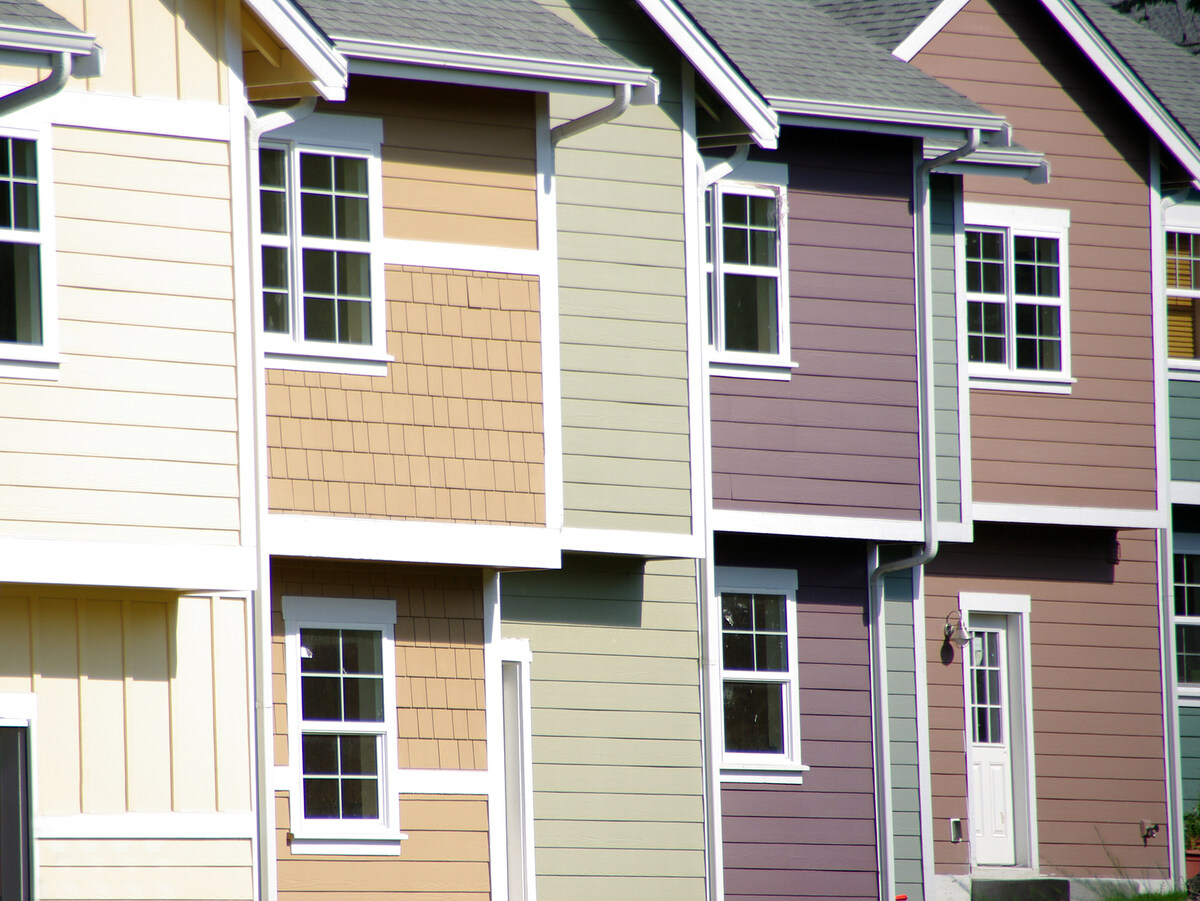
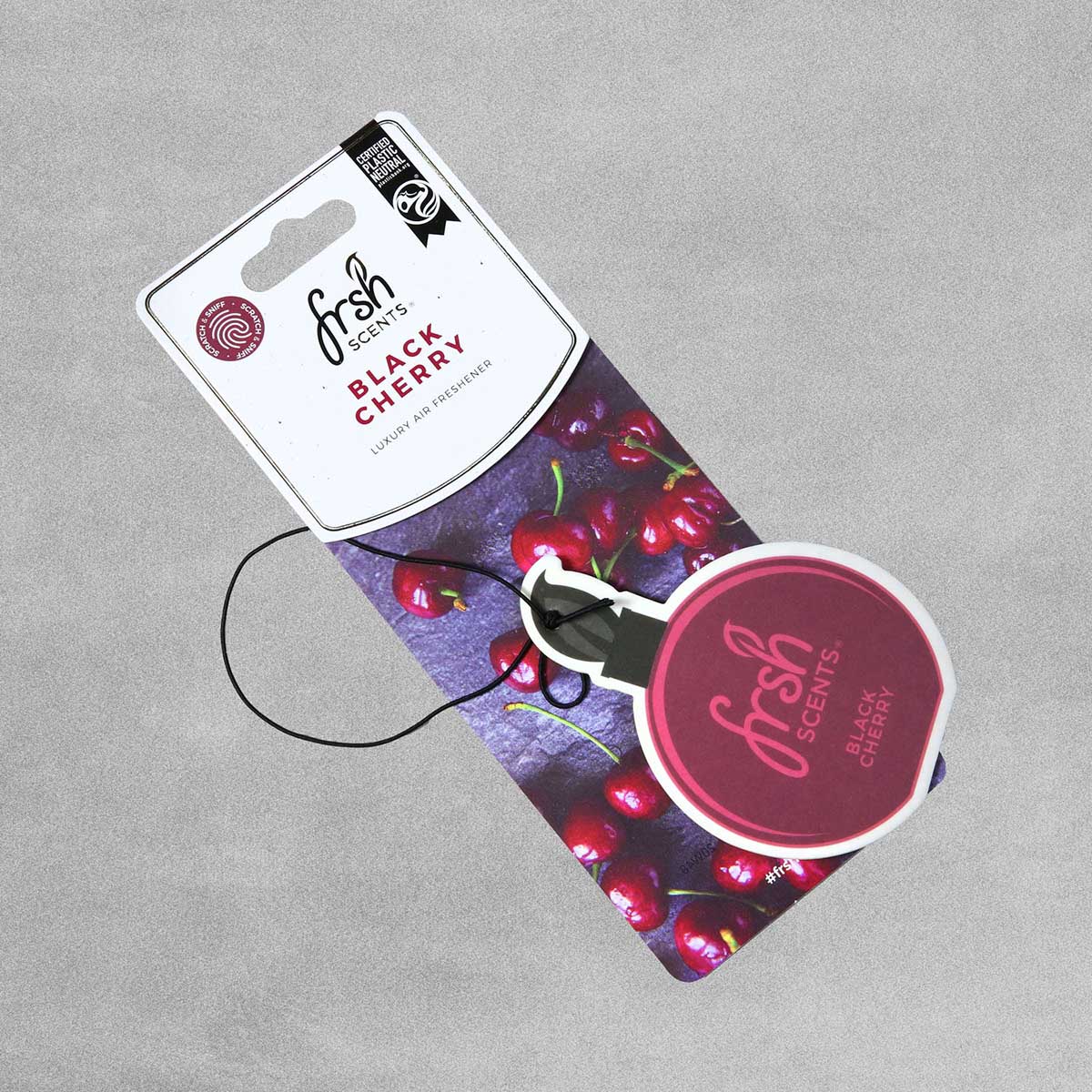
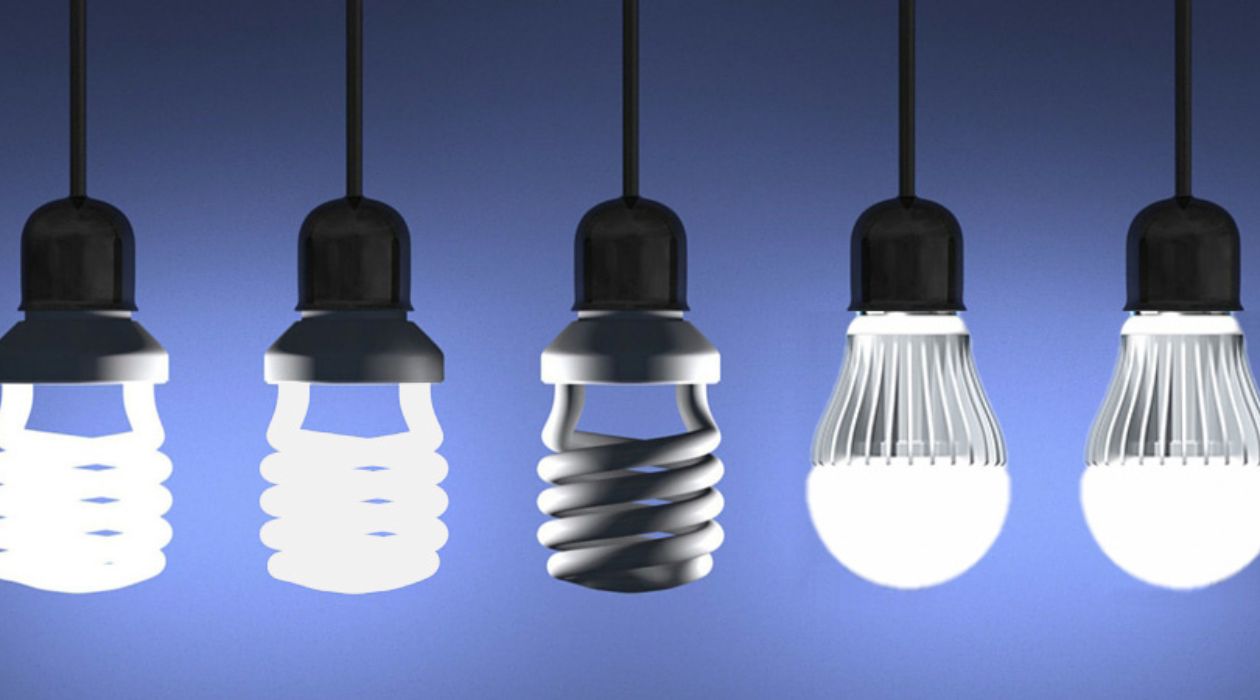

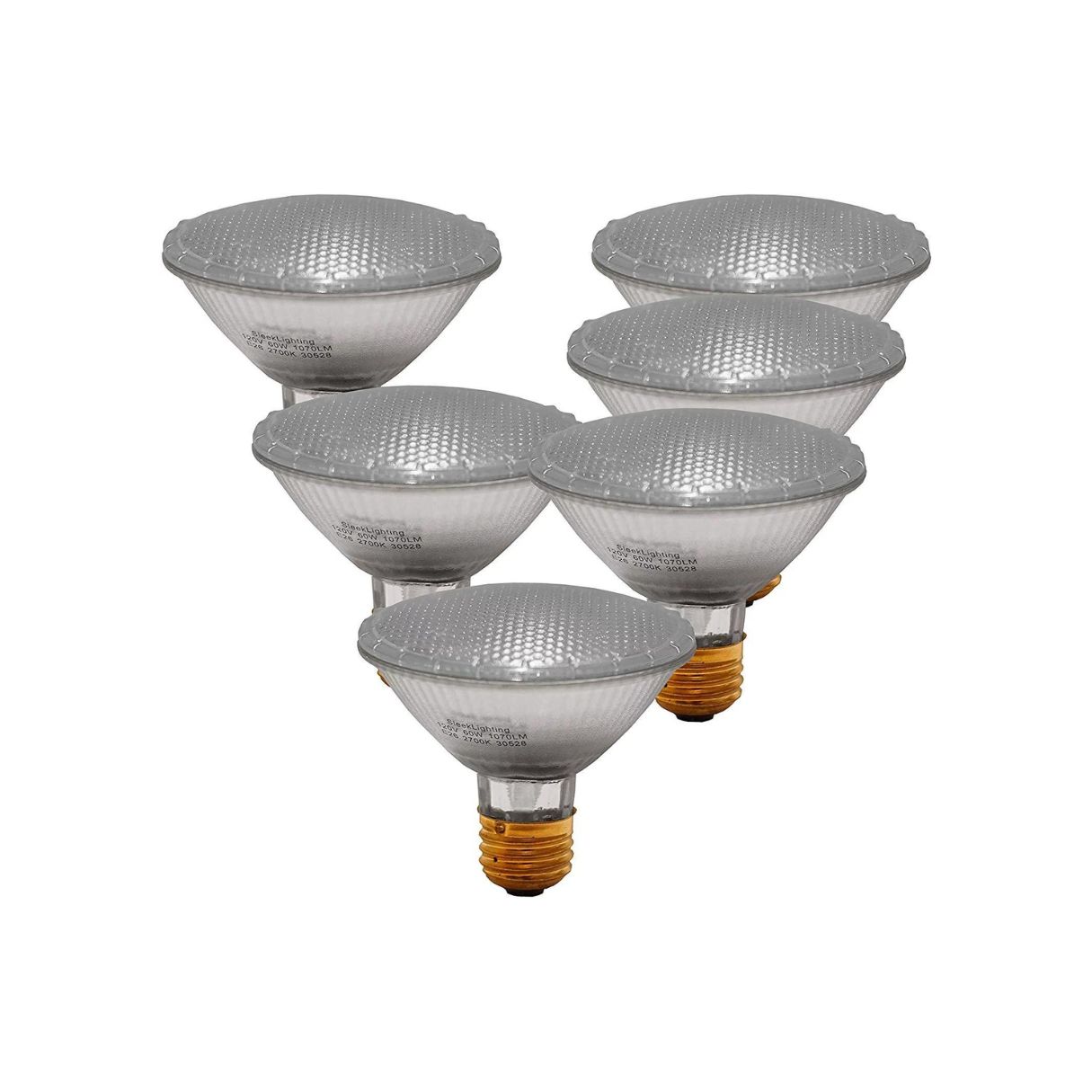
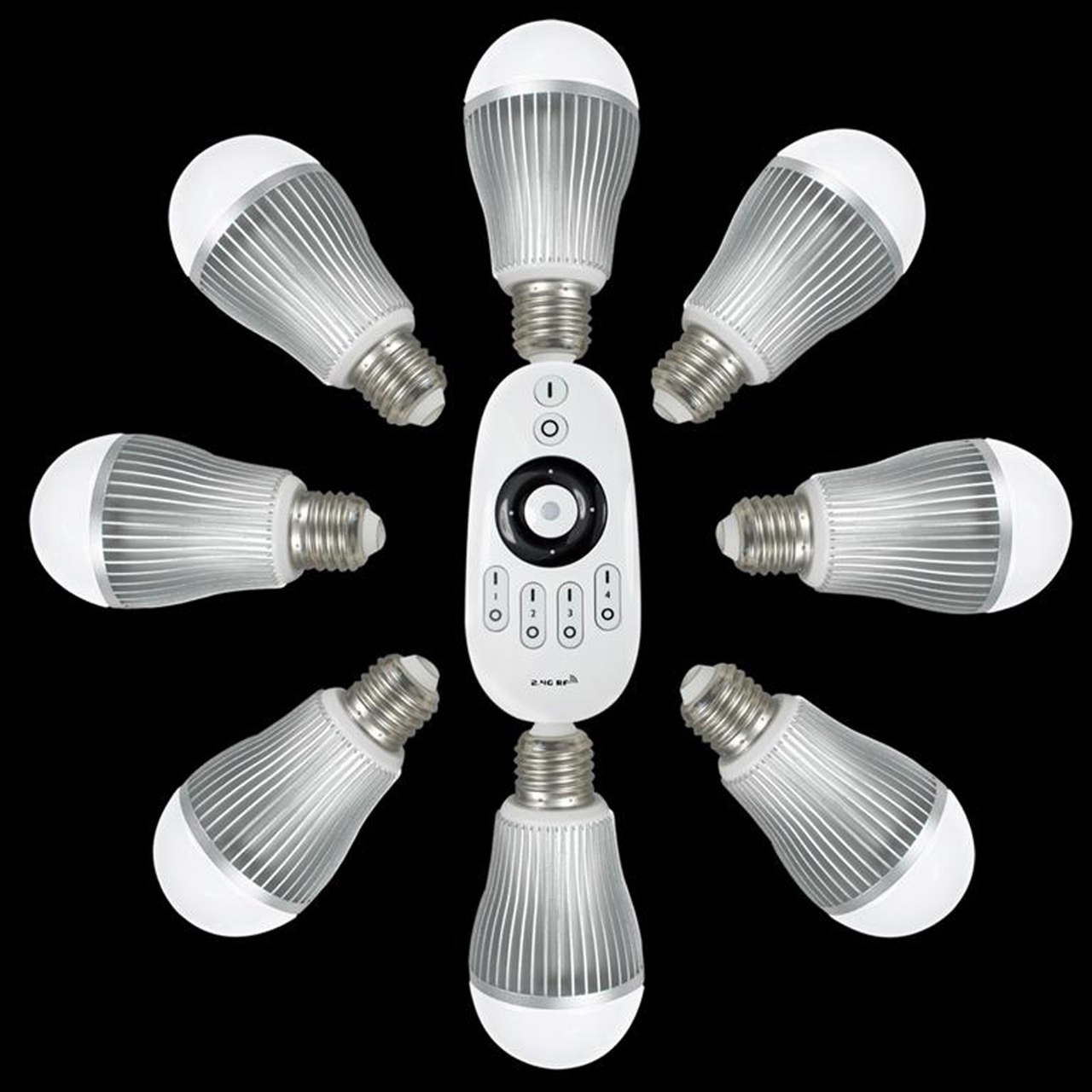
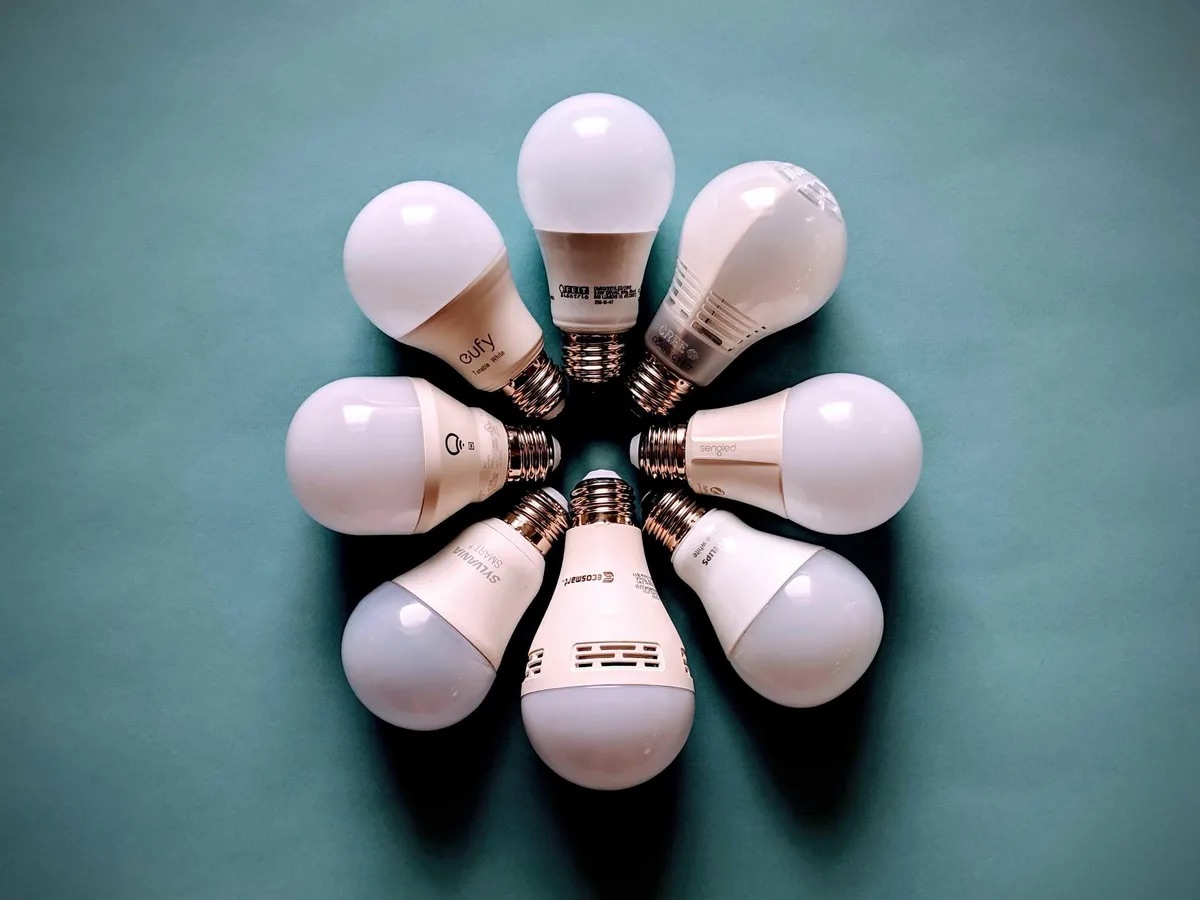
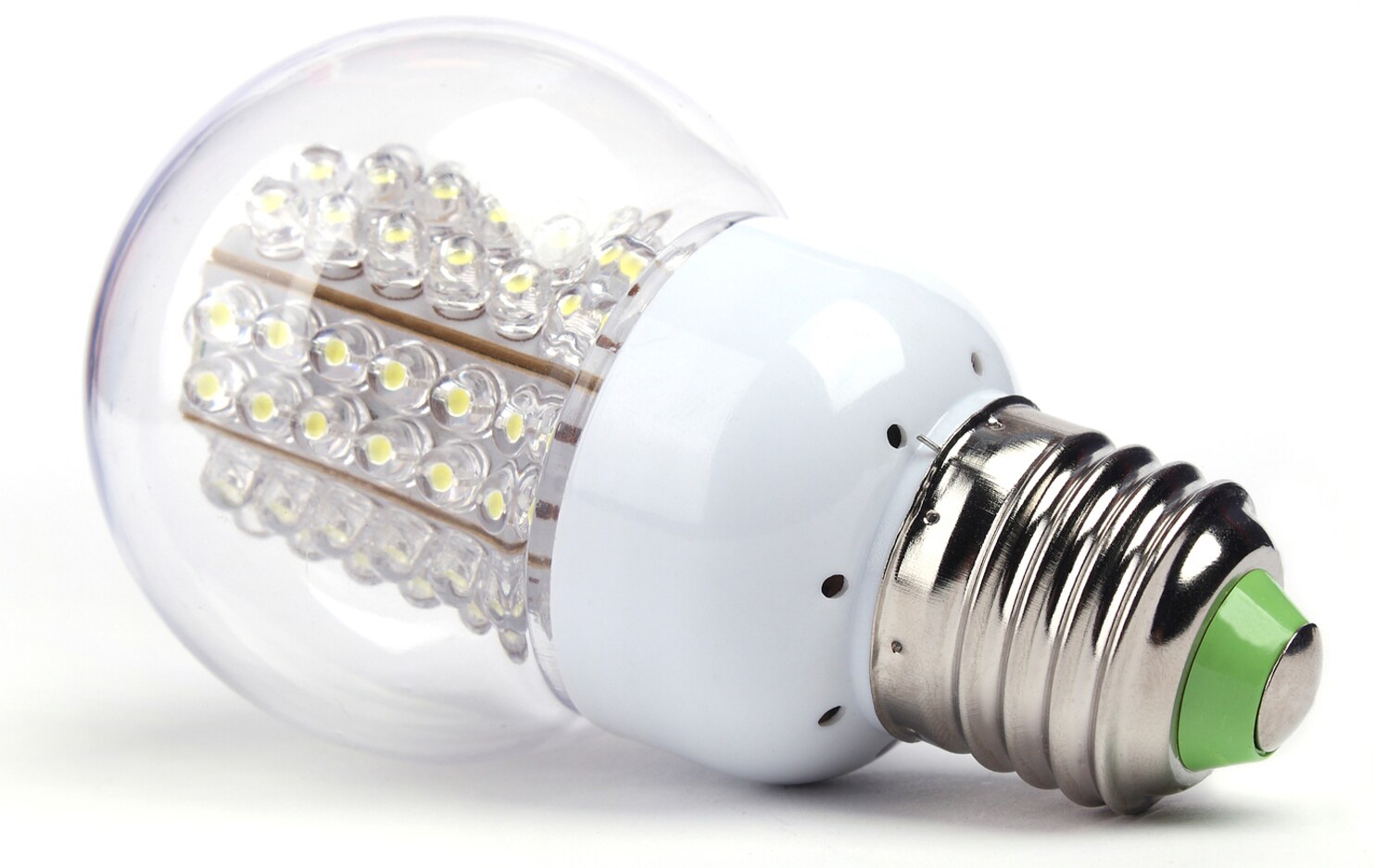
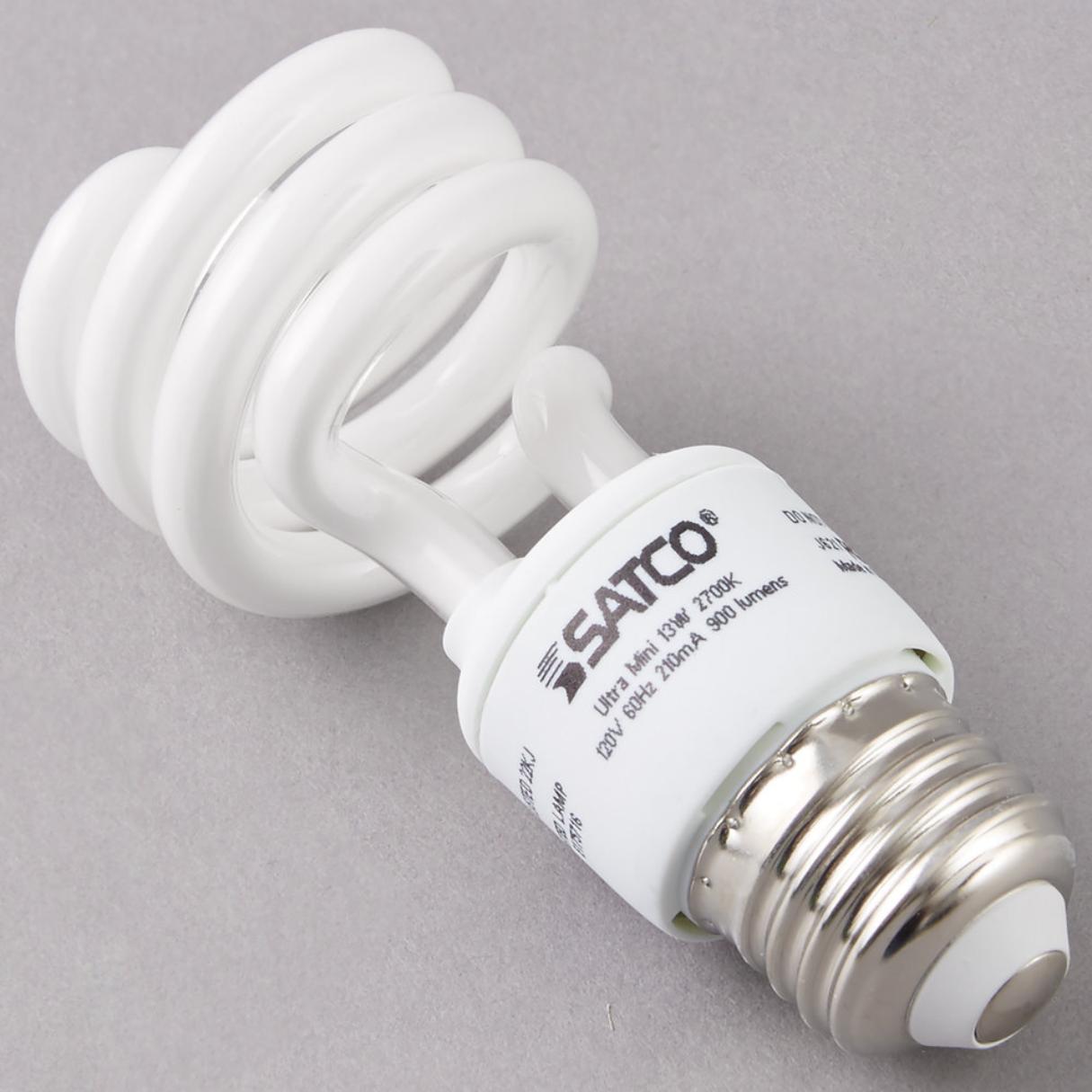


0 thoughts on “What Is The Longest Lasting Light Bulb”